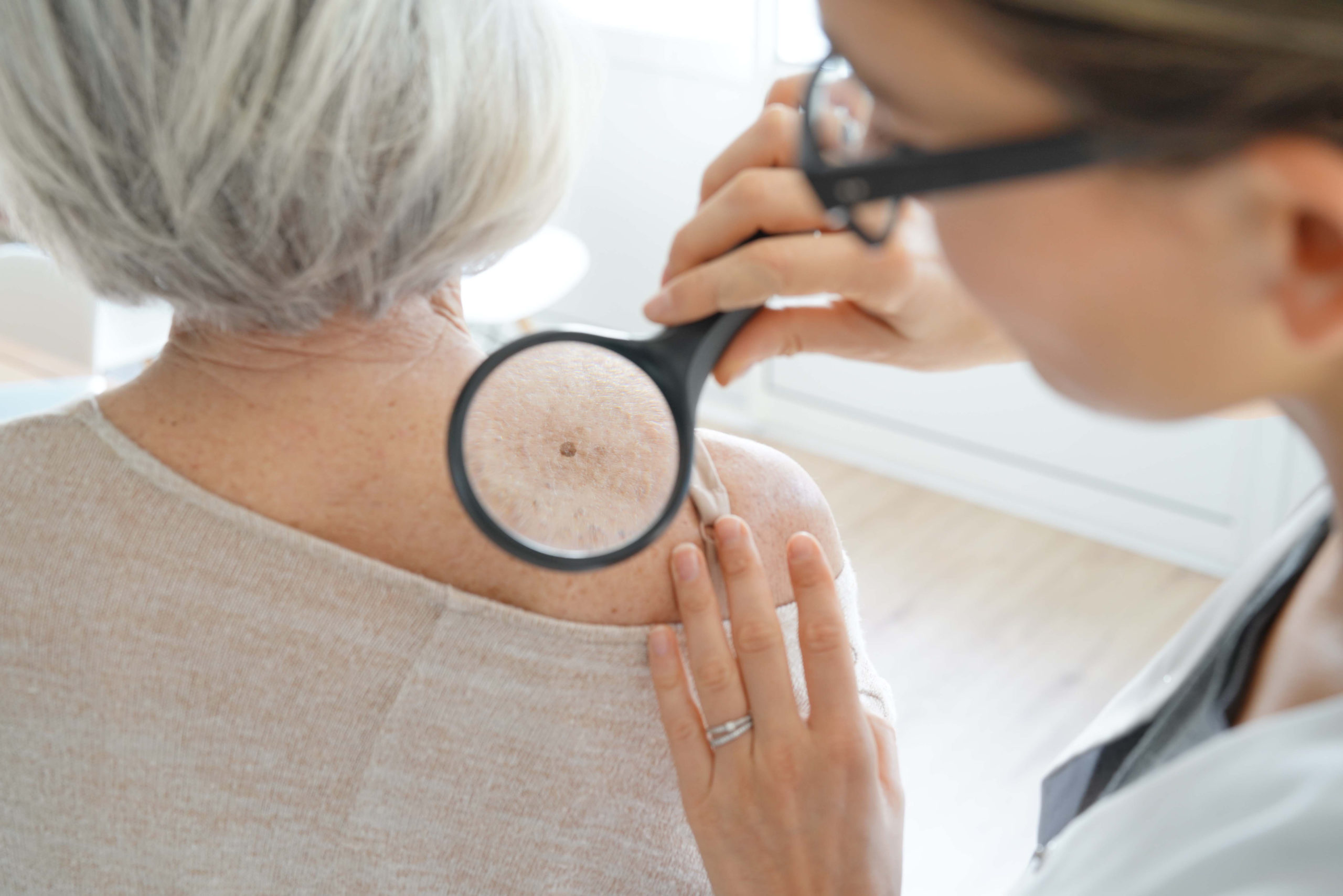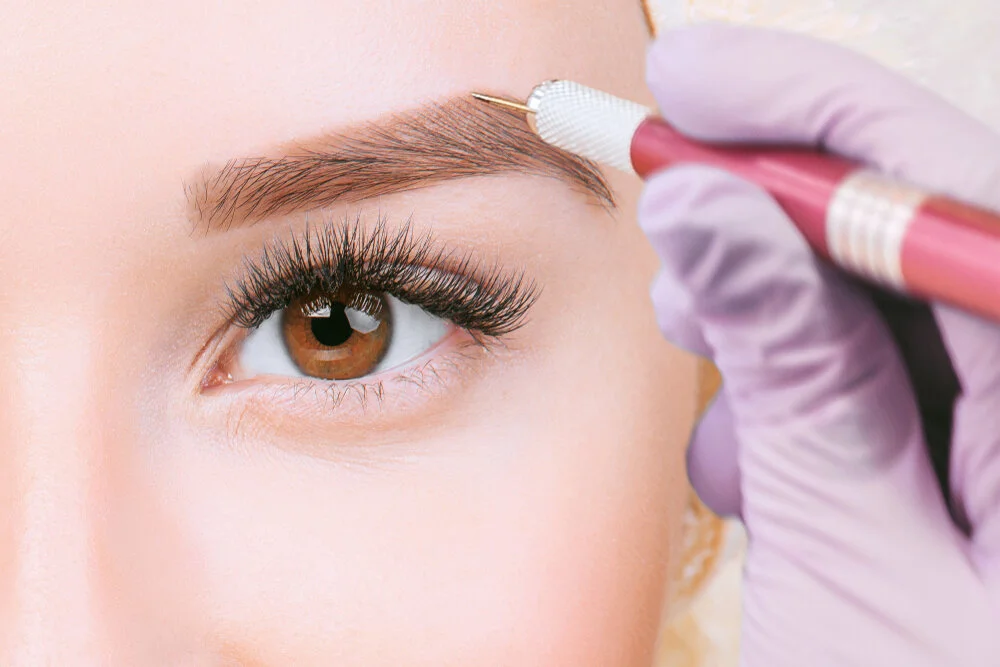
Excessive sweating, medically known as hyperhidrosis, affects millions of people worldwide and can significantly impact daily activities and quality of life. While many associate Botox with cosmetic procedures, this treatment has proven effective for managing severe sweating conditions. Understanding how Botox works for hyperhidrosis can help you make informed decisions about treatment options.
Understanding Hyperhidrosis
Botox is one of the treatment methods for excessive sweating. Hyperhidrosis occurs when the body produces sweat beyond what’s needed for temperature regulation. The condition typically affects specific areas such as the underarms, palms, feet, or face. Primary hyperhidrosis develops without an underlying medical cause, while secondary hyperhidrosis results from other medical conditions or medications.
Traditional treatments for excessive sweating include clinical-strength antiperspirants, oral medications, and iontophoresis therapy. When these approaches prove insufficient, medical professionals may recommend Botox injections as an alternative treatment method.
The severity of hyperhidrosis varies among individuals. Some people experience mild discomfort, while others find that excessive sweating interferes with work, social interactions, and daily activities. Medical evaluation helps determine the most appropriate treatment approach based on the location and intensity of sweating.
Reducing Excessive Sweating
Botox contains botulinum toxin type A, which temporarily blocks nerve signals that activate sweat glands. When injected into affected areas, Botox prevents the release of acetylcholine, a neurotransmitter that stimulates sweat production. This process effectively reduces sweating in the treated area for several months.
The treatment works by targeting the specific sweat glands in the injection area. The botulinum toxin binds to nerve endings, preventing them from sending signals to the sweat glands. This localized approach means that Botox treatments affect only the treated area, leaving other body functions unaffected.
Medical professionals typically inject Botox using very fine needles, placing multiple small injections across the treatment area. The procedure usually takes 20 to 30 minutes, depending on the size of the area being treated. Most patients report minimal discomfort during the injection process. Results typically become noticeable within two to four days after treatment, with maximum effectiveness reached after two weeks. The effects of Botox for hyperhidrosis generally last four to six months, after which repeat treatments may be necessary to maintain results.
Exploring Treatment Areas
The FDA has approved Botox for treating excessive underarm sweating in adults. This approval came after clinical studies demonstrated the treatment’s safety and effectiveness for axillary hyperhidrosis. Medical professionals may also use Botox off-label for other areas affected by excessive sweating. Common treatment areas include:
- Underarms (FDA-approved indication)
- Palms and hands (off-label use)
- Feet (off-label use)
- Forehead and scalp (off-label use)
The underarm area represents the most straightforward treatment location, as the skin is relatively accessible and the injection process is typically well-tolerated. Hand and foot treatments may require additional numbing techniques due to increased sensitivity in these areas. Medical professionals evaluate each patient’s specific needs and medical history before recommending Botox treatment. Factors such as the severity of sweating, previous treatment responses, and individual health conditions influence treatment decisions.
Learn More About Botox
Botox represents a viable treatment option for people with excessive sweating who haven’t found relief through other methods. The treatment offers a temporary but significant reduction in sweat production for many patients. Medical consultation provides the opportunity to discuss treatment expectations, potential side effects, and long-term management strategies. Understanding both the benefits and limitations of this treatment helps you make informed decisions about managing hyperhidrosis effectively.




